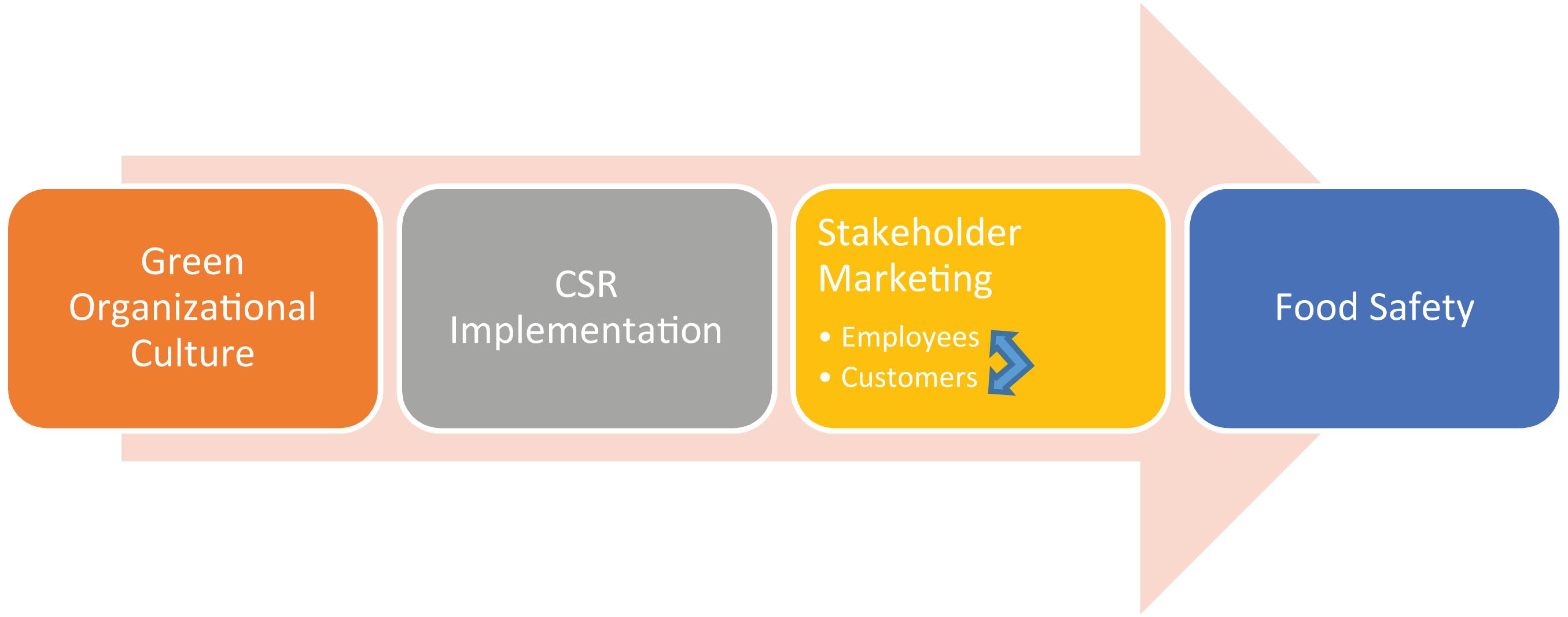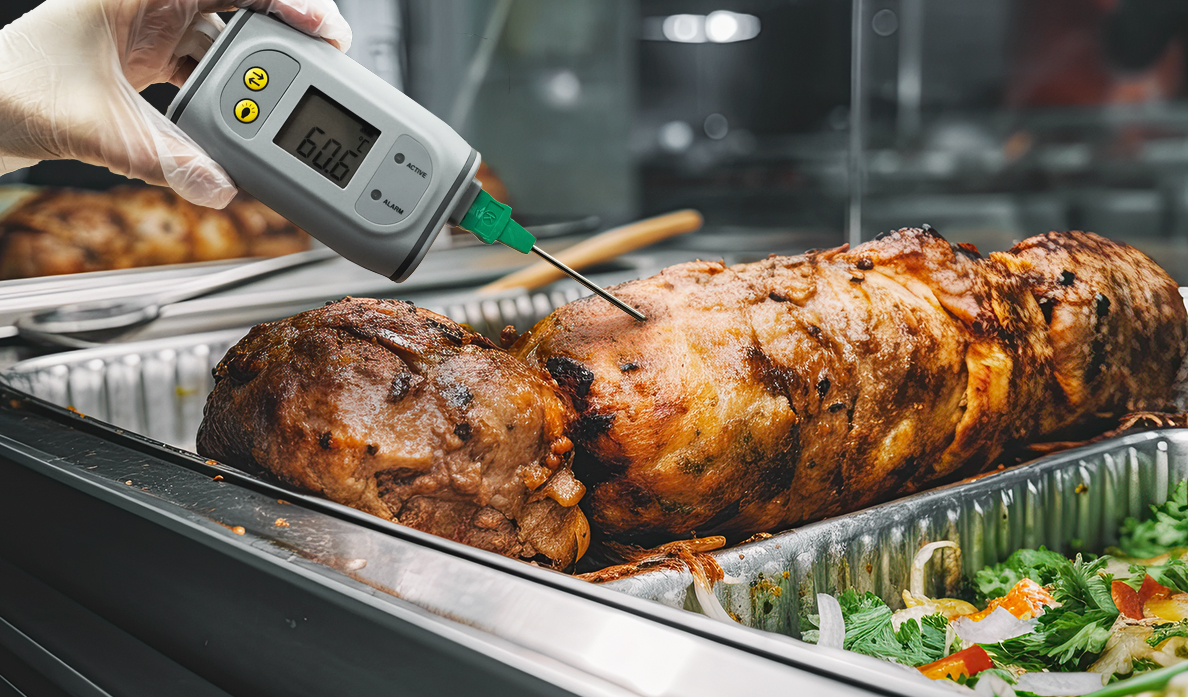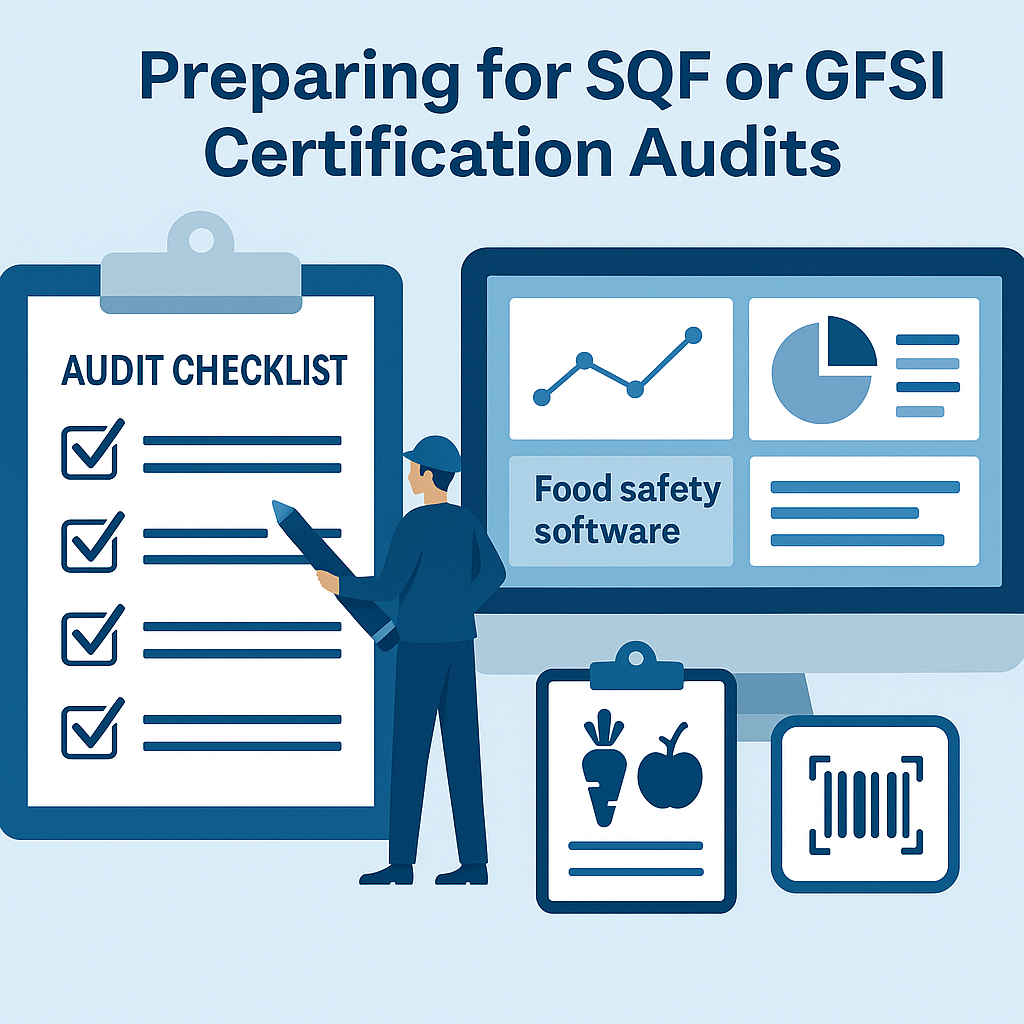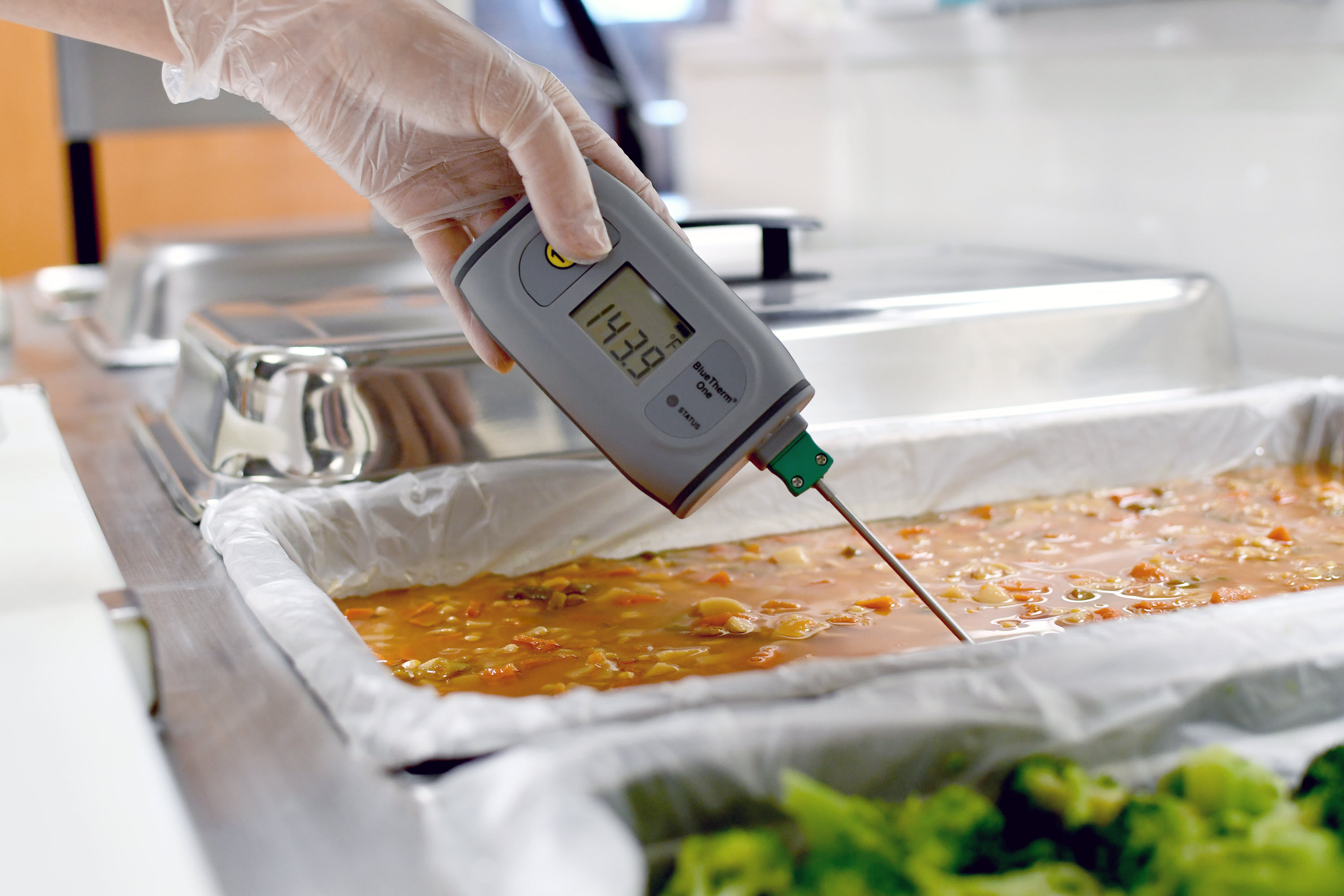In today's rapidly evolving food industry, the significance of a robust food safety culture cannot be overstated. It serves as the backbone of preventive systems and compliance in food production and processing environments. Food safety extends beyond mere compliance with regulations; it is an integrated organizational attitude that ensures the safety and quality of food products from farm to fork. This detailed discussion explores the intersection of organizational behavior and food safety practices, highlighting how the alignment of these elements fosters a culture that prioritizes consumer health and safety.
Understanding Food Safety Culture
Food safety culture refers to the shared values, beliefs, and norms that determine how an organization's staff engage with food safety practices. It encompasses every level of an organization and is influenced by leadership, communication, practices, and the commitment of each employee towards food safety management.
The Role of Organizational Behavior in Food Safety
Organizational behavior plays a pivotal role in shaping food safety culture. It involves the study of how people interact within groups and how these interactions influence the policies and practices of an organization. Key components include:
-
Leadership Commitment: Leaders are the catalysts in cultivating a strong food safety culture. Their commitment to food safety should be visible and unwavering. They set the tone by integrating food safety into the business strategy, providing the necessary resources, and leading by example.
-
Employee Engagement: Employees must be motivated and informed about the importance of their role in food safety. Engagement can be enhanced through training, feedback, and incentives that reinforce the value of adherence to food safety practices.
-
Communication: Effective communication across all levels of the organization is essential. It ensures that food safety policies are understood and implemented correctly. Regular updates and open lines of communication help to build trust and encourage a proactive approach to food safety issues.
-
Feedback Mechanisms: Organizations must establish robust mechanisms for feedback on food safety issues. This includes not only internal feedback from staff but also external feedback from customers and regulatory bodies.
Step-by-Step Approach to Building Food Safety Culture
-
Assessment of Current Practices: The first step is to assess the current food safety practices and culture. This involves auditing existing policies, procedures, and employee behavior to identify areas of improvement.
-
Setting Clear Food Safety Objectives and Policies: Based on the assessment, set clear, achievable food safety objectives. Develop or revamp policies that support these objectives, ensuring they are aligned with regulatory requirements and best practices.
-
Leadership Training and Development: Train leaders and managers not just in food safety technicalities but also in leadership qualities that promote a positive food safety culture. This includes training in communication, motivation, and crisis management.
-
Employee Training and Involvement: Implement comprehensive training programs that are regularly updated to include new regulations and technologies. Encourage employee involvement in safety audits and risk assessments, making them active participants in the safety culture.
-
Implementing and Integrating Technology: Utilize advanced technologies such as food safety software and food traceability software to enhance the accuracy and efficiency of food safety management systems. These technologies can help in maintaining critical control points and managing documentation and compliance more effectively.
-
Regular Evaluation and Continual Improvement: Continually evaluate the effectiveness of food safety policies and practices. This can be achieved through regular audits, employee feedback, and review meetings. Use these evaluations to make informed adjustments and continual improvements to the food safety program.
Examples of Effective Food Safety Cultures
-
Case Study of a Large Dairy Processor: A well-known dairy company implemented a centralized food safety management system using state-of-the-art food safety software. This system provided real-time data on production processes, enhancing traceability and compliance. Leadership conducted monthly safety meetings to discuss outcomes and improvements, significantly reducing contamination incidents.
-
Small Meat Processing Plant: A small meat processor introduced regular training sessions for all employees, focusing on hygiene practices and cross-contamination prevention. They adopted food traceability software that helped in tracking the product journey from slaughter to packaging, thereby improving response times during potential safety breaches.
Building a robust food safety culture requires a concerted effort from all levels of an organization. It starts with strong leadership and the integration of effective organizational behaviors into food safety practices. By employing a systematic approach and leveraging modern technologies like food safety and traceability software, organizations can achieve a culture that inherently supports food safety.
Call to Action
To see how technology can help in reinforcing your food safety culture, consider scheduling a demo of our comprehensive food safety management solutions at NORMEX Demo. Discover tools that can transform your approach to food safety and compliance.







